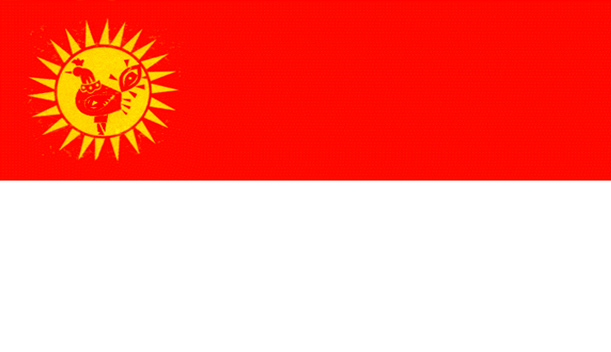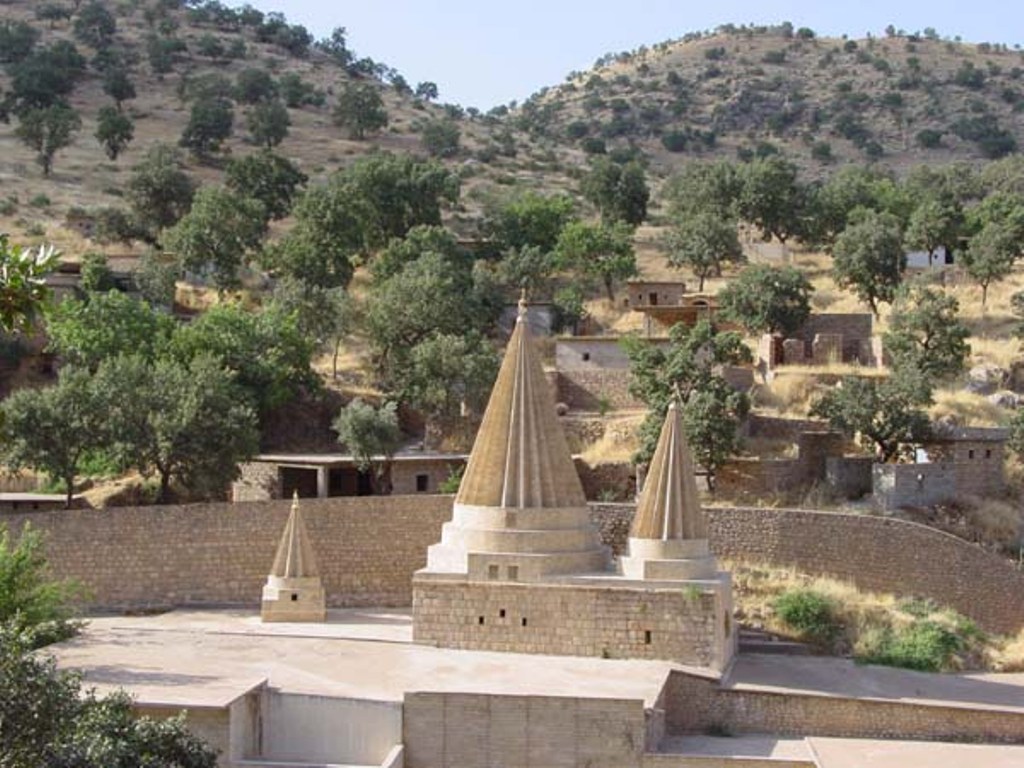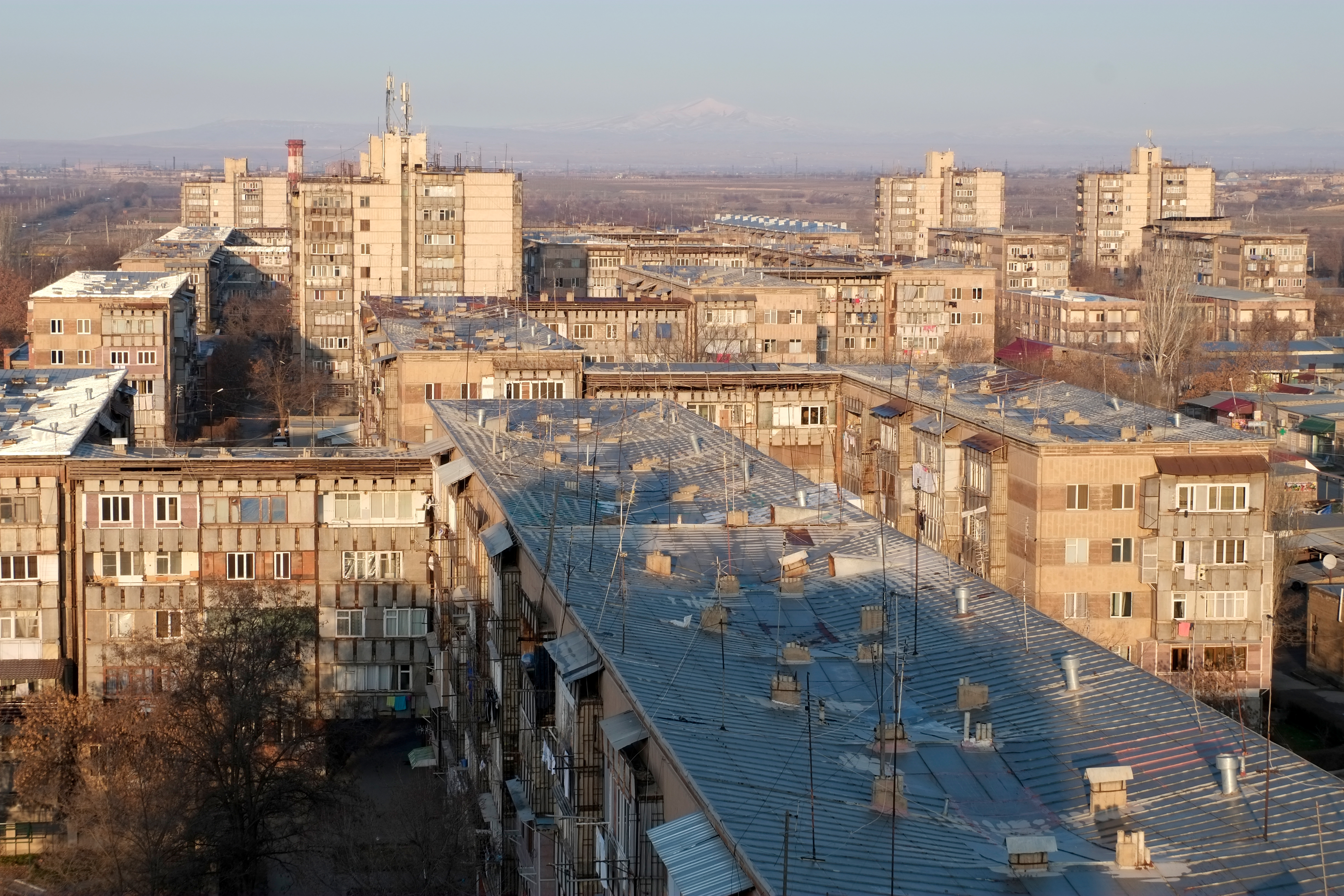|
Aknalich
Aknalich (or Aknalitch, hy, Ակնալիճ; formerly, Aygherlich) is a village in the Armavir Province of Armenia. The village is situated on a lake, after which it is named, to the east of Metsamor. Aknalich village is the site of the only Yazidi temple in Armenia. A new temple in the village known as Quba Mere Diwane, opened in September 2019. It is the world's largest Yazidi Temple. The 25 meter tall temple was funded by Armenian-born, Russia-based Yezidi businessman Mirza Sloian.https://www.rudaw.net/english/world/29092019 Gallery File:Ayghr lake.jpg, Aknalich lake File:Aknalitch, Yezids temple Ziarat - panoramio.jpg, Aknalich Yazidi Temple See also * Armavir Province * Quba Mere Diwane *List of Yazidi holy places *Yazidis in Armenia Yazidis in Armenia (; ku, Êzîdiyên Ermenistanê) are Yazidis who live in Armenia, where they form the largest ethnic minority. Yazidis settled in the territory of modern-day Armenia mainly in the 19th and early 20th centuries, fle ... [...More Info...] [...Related Items...] OR: [Wikipedia] [Google] [Baidu] |
Armavir Province
Armavir ( hy, Արմավիր, ), is a province (''marz'') in the western part of Armenia. Located in the Ararat plain dominated by Mount Ararat from the south and Mount Aragats from the north, the province's capital is the town of Armavir while the largest city is Vagharshapat (Etchmiadzin). The province shares a -long border with Turkey to the south and west. The province is home to the spiritual centre of the Armenian nation; the Mother See of Holy Etchmiadzin of the Armenian Apostolic Church. It is the seat of the Catholicos of All Armenians. The province is named after the ancient city of Armavir founded in 331 BC. The province is also the site of the decisive Battle of Sardarabad in 1918 that resulted in the foundation of the Republic of Armenia. The battle is seen as a crucial historical event not only by stopping the Turkish advance into the rest of Armenia but also preventing the complete destruction of the Armenian nation. The Metsamor Nuclear Power Plant is ... [...More Info...] [...Related Items...] OR: [Wikipedia] [Google] [Baidu] |
Yazidis In Armenia
Yazidis in Armenia (; ku, Êzîdiyên Ermenistanê) are Yazidis who live in Armenia, where they form the largest ethnic minority. Yazidis settled in the territory of modern-day Armenia mainly in the 19th and early 20th centuries, fleeing religious persecution by the Ottoman Turks and Sunni Kurds. While Yazidis were counted as Kurds in censuses for much of the Soviet period, they are currently recognized as a separate ethnic group in Armenia (for more on the relationship between Yazidis and Kurdish identity, see Yazidis#Identity). According to the 2011 census, around 35,000 Yazidis live in Armenia. The Election Code of Armenia guarantees one seat in the National Assembly for a representative of the Yazidi community. Several religious Yazidi temples exist in Armenia, including the world's largest Yazidi temple Quba Mere Diwane in Aknalich, which was opened in 2020. In 2021, a Yazidi national theater was opened in Vagharshapat. History Early 20th century Many Yazidis came ... [...More Info...] [...Related Items...] OR: [Wikipedia] [Google] [Baidu] |
List Of Yazidi Holy Places ...
This is a list of Yazidi temples across the world. Background Yazidis are an ethnoreligious group who live predominantly in northern Iraq. Their religion is known as Yazidism. List See also * List of Yazidi saints * List of Yazidi settlements * Yazidism * Yazidis References External links {{Commons category-inline * Yazidi Yazidi Yazidis or Yezidis (; ku, ئێزیدی, translit=Êzidî) are a Kurmanji-speaking endogamous minority group who are indigenous to Kurdistan, a geographical region in Western Asia that includes parts of Iraq, Syria, Turkey and Iran. The ma ... [...More Info...] [...Related Items...] OR: [Wikipedia] [Google] [Baidu] |
Yazidi Holy Places ...
This is a list of Yazidi temples across the world. Background Yazidis are an ethnoreligious group who live predominantly in northern Iraq. Their religion is known as Yazidism. List See also * List of Yazidi saints * List of Yazidi settlements * Yazidism * Yazidis References External links {{Commons category-inline * Yazidi Yazidi Yazidis or Yezidis (; ku, ئێزیدی, translit=Êzidî) are a Kurmanji-speaking endogamous minority group who are indigenous to Kurdistan, a geographical region in Western Asia that includes parts of Iraq, Syria, Turkey and Iran. The ma ... [...More Info...] [...Related Items...] OR: [Wikipedia] [Google] [Baidu] |
Armenia
Armenia (), , group=pron officially the Republic of Armenia,, is a landlocked country in the Armenian Highlands of Western Asia.The UNbr>classification of world regions places Armenia in Western Asia; the CIA World Factbook , , and ''Oxford Reference Online'' also place Armenia in Asia. It is a part of the Caucasus region; and is bordered by Turkey to the west, Georgia to the north, the Lachin corridor (under a Russian peacekeeping force) and Azerbaijan to the east, and Iran and the Azerbaijani exclave of Nakhchivan to the south. Yerevan is the capital, largest city and the financial center. Armenia is a unitary, multi-party, democratic nation-state with an ancient cultural heritage. The first Armenian state of Urartu was established in 860 BC, and by the 6th century BC it was replaced by the Satrapy of Armenia. The Kingdom of Armenia reached its height under Tigranes the Great in the 1st century BC and in the year 301 became the first state in the world to a ... [...More Info...] [...Related Items...] OR: [Wikipedia] [Google] [Baidu] |
Metsamor
Metsamor ( hy, Մեծամոր, ), is a town and urban municipal community in the Armavir Province of Armenia. It is famous for being home to Armenia's Metsamor Nuclear Power Plant, the only nuclear plant in the Transcaucasian region. As of the 2011 census, the town had a population of 9,191. As per the 2016 official estimate, Metsamor has a population of around 8,000. Etymology The name of the town is derived from the nearby river of Metsamor. It is composed of 2 Armenian words: ''mets'' ( hy, մեծ) meaning ''great'', and ''mor'' ( hy, մոր) meaning ''mother's'', being the genitive singular form of the word ''mayr'' ( hy, մայր) meaning ''mother''. The name is most probably refers to the Virgin Mary as the Great Mother of God. History The construction of the settlement of Metsamor was launched in 1969, within the ''Hoktemberyan'' raion of the Armenian Soviet Socialist Republic. It was mainly founded as the residential settlement of the employees of the Metsamor Nuclear P ... [...More Info...] [...Related Items...] OR: [Wikipedia] [Google] [Baidu] |
Quba Mere Diwane
Quba () is a city and the administrative centre of the Quba District of Azerbaijan. The city lies on the north-eastern slopes of Shahdag mountain, at an altitude of 600 metres above sea level, on the right bank of the Kudyal river. It has a population of 38,100 (2010). History Quba was mentioned in works of various European geographers, in ancient Arabic and Albanian sources. The castle built by the ruler Anushiravan in the 11th century was called "Bade-Firuz Qubat", and in the Arabic sources of the XII century Quba was mentioned as "Cuba". In the 13th century, in the Dictionary of Geographical names of Arabian scientist Hamabi it was mentioned among the Azerbaijani cities as Kubba, and in the sources of 16th century Quba was referred to as "Dome". Guba (Quba) city originated from the riverside village of Gudial. In the mid-18th century, after moving his residence from Khudat, Hussain Ali became Quba's Khan (tribal Turkic Muslim ruler) and raised fortress walls around th ... [...More Info...] [...Related Items...] OR: [Wikipedia] [Google] [Baidu] |
Populated Places In Armavir Province
Population typically refers to the number of people in a single area, whether it be a city or town, region, country, continent, or the world. Governments typically quantify the size of the resident population within their jurisdiction using a census, a process of collecting, analysing, compiling, and publishing data regarding a population. Perspectives of various disciplines Social sciences In sociology and population geography, population refers to a group of human beings with some predefined criterion in common, such as location, race, ethnicity, nationality, or religion. Demography is a social science which entails the statistical study of populations. Ecology In ecology, a population is a group of organisms of the same species who inhabit the same particular geographical area and are capable of interbreeding. The area of a sexual population is the area where inter-breeding is possible between any pair within the area and more probable than cross-breeding with ... [...More Info...] [...Related Items...] OR: [Wikipedia] [Google] [Baidu] |






